During the school day, Friends students are not required to wear uncomfortable uniforms or follow a restrictive dress code. But come afternoon, the same can’t be said of athletics – especially girls’ sports.
Across numerous teams, throughout every season, athletes are upset about the discomfort of the uniforms available to them, the lack of size and gender inclusiveness in those uniforms, and the lack of clarity about school policies.
“I’ve heard complaints since middle school, as early as 6th grade, that a lot of the girls’ sports uniforms are just not appealing to the players themselves,” says senior Langton Blackwell.
Take the volleyball team as an example.
“It felt like I was suffocated in the uniform,” says Wynter Gibbs, a senior who used to play on the volleyball team.
Wynter generally wears a large shirt, but was forced to settle for a medium. Coaches asked her to hand up the larger sizes to the girls on the team who “really needed the large.” During games, she says the combination of the tight spandex shorts and even tighter top made her feel exposed.
Athletic Director Kara Carlin says the school will try to meet student needs.
“We will absolutely do our best to accommodate any size, if someone is uncomfortable with what we have,” Ms. Carlin said.
But the question still stands of why larger-sized uniforms were so limited in the first place.
Athletes say they are concerned not only about a shortage of larger sizes, but also about how the uniforms supplied often turn out to be smaller than they’re labeled. In the girls’ soccer uniforms, for example, a large is the same size as a standard medium, while a medium is the same as a typical small.
“I wear Nike a lot, and I typically wear maybe a small or a medium. But even this large [uniform] isn’t the best. It’s so tight,” says Divine Trewick, a JV soccer player.
This can greatly affect players’ morale. On game days, the ill-fitting clothes have an impact on their attitude and energy. Having to put on a shirt and shorts that are uncomfortable can diminish one’s spirits.
“The shorts are see-through…it’s not the best kind of material, [and] the built-in underwear inside the shorts it’s just… uncomfortable,” says Divine, who says she doesn’t look forward to donning the Quaker outfits on game day, particularly the revealing white one.
With stands full of classmates, friends, and family members, nobody wants to wear see-through shorts to a game. But game days aren’t the only times students say they feel uncomfortable in Friends uniforms. Muddled guidelines concerning what to wear during practice are a concern for cross country.
“In the past, we would run past J-lot and on the trail,” says Abby Buck, a junior on the cross country team. “When we would get past J-lot, a lot of girls and guys would take off their shirts because running in a t-shirt is uncomfortable.”
“Up until now it’s always been a student’s choice whether or not you take your shirt off,” adds junior Vincent Walk, another cross-country runner.
For a long time, no one objected to students removing their t-shirts. Then, one day, things changed. Athletic Trainer Liz Vaught got involved.
“Ms. Liz saw us running in our sports bras and came over and told my coach, Coach Smith, that we’re not allowed to run shirtless at all, on or off campus, regardless of gender,” says Abby, “because you’re representing Friends School and have to be fully clothed.”
Asked about the issue, Carlin says it’s under discussion.
“There is not technically a certain number of layers across the board for all sports,” she says. “I think there’s that question mark of what’s the definition of a shirt, and that’s what we are sort of struggling with.
For now, Carlin says, “we are asking everyone to wear a shirt and shorts or a top and a bottom. A sports bra and no shirt at the moment is not something that we are okay with.”
The definition of a ‘shirt’ is subjective. Abby and other runners say they wonder what the problem is with wearing a sports bra. If wearing a sports bra makes a student more comfortable, why should they be forbidden?
Abby says she and other teammates met with Carlin about the team’s concerns. They weren’t satisfied with the answers they got.
“She offered alternatives, which is nice,” says Abby. “But, I mean, I would rather just be allowed to run in a sports bra and shorts, because that’s what I feel most comfortable in,”
Another issue that has come up is the division of uniforms by sex. For the time being, many sports are split up by gender. But the issue lies more in the options that are available for students who don’t align with male or female gender labels.
Some uniforms are rather gender neutral. Soccer, for example, is shorts and a t-shirt. But in a sport like tennis, the uniform is clearly more traditionally ‘feminine,’ consisting of a tank top and a skirt.
For some students – including those who identify as trans or nonbinary, and those who prefer less traditionally gendered clothes – this uniform is uncomfortable to play in.
Ollie Hovermill, a sophomore who plays varsity tennis, explains:
“It’s frustrating, as a trans student, that for girls’ tennis, there’s not a shorts option,” he says. “Because not every person playing girls’ tennis necessarily identifies as a girl.”
From a practical standpoint, there is no athletic advantage to playing tennis in a skirt and a tank top. There is no reason for the current uniforms to look the way they do, except to fit the traditional gendered outfits that exist within tennis.
Coach Carlin says she is very open to alternative uniform arrangements, for athletes who request them well in advance of their games.
“We have people ask on an individual basis about that,” says Coach Carlin. “Sports teams all have a uniform, so you will have to come in and say: ‘This doesn’t work for me.’ And then we will – I will – literally do whatever works.
“I think it’s just a matter of when and how you self-advocate. You don’t want to do it the morning of a match or a game because that can be tricky,” she says. “We have had individuals with concerns, but I think, moving forward, it’s about how you present it, when you present it, and just self-advocating.”
While the majority of athletes aren’t in this situation, the school could put more effort into making this a streamlined process for students. At the very least, coaches could be encouraged to offer the option of other uniforms when the traditional ones are being distributed.
“I’ve had to make my own uniform, kind of,” says Ollie. “I’m also not comfortable wearing a skirt, and so I’ve had to adjust. But the only black pair of shorts I have that will also fit the uniform is way too short for me, and it makes it really uncomfortable to play in. It’d be nice if we had an option, because it’s really frustrating that I don’t get to play in a well-fitted uniform, just because I’m a trans student.”
Of the dozen students interviewed for this article, most had some issue with their uniform or the policies surrounding it. Students say they hope administrators can be more open about their policies going forward, and address the sizing concerns head-on. A good starting place would be to order more larges and extra larges, if the present distributor’s sizes are too small.
Athletes deserve to choose from a variety of comfortable uniform options. Everyone should be able to relax and enjoy themselves throughout practice and games.

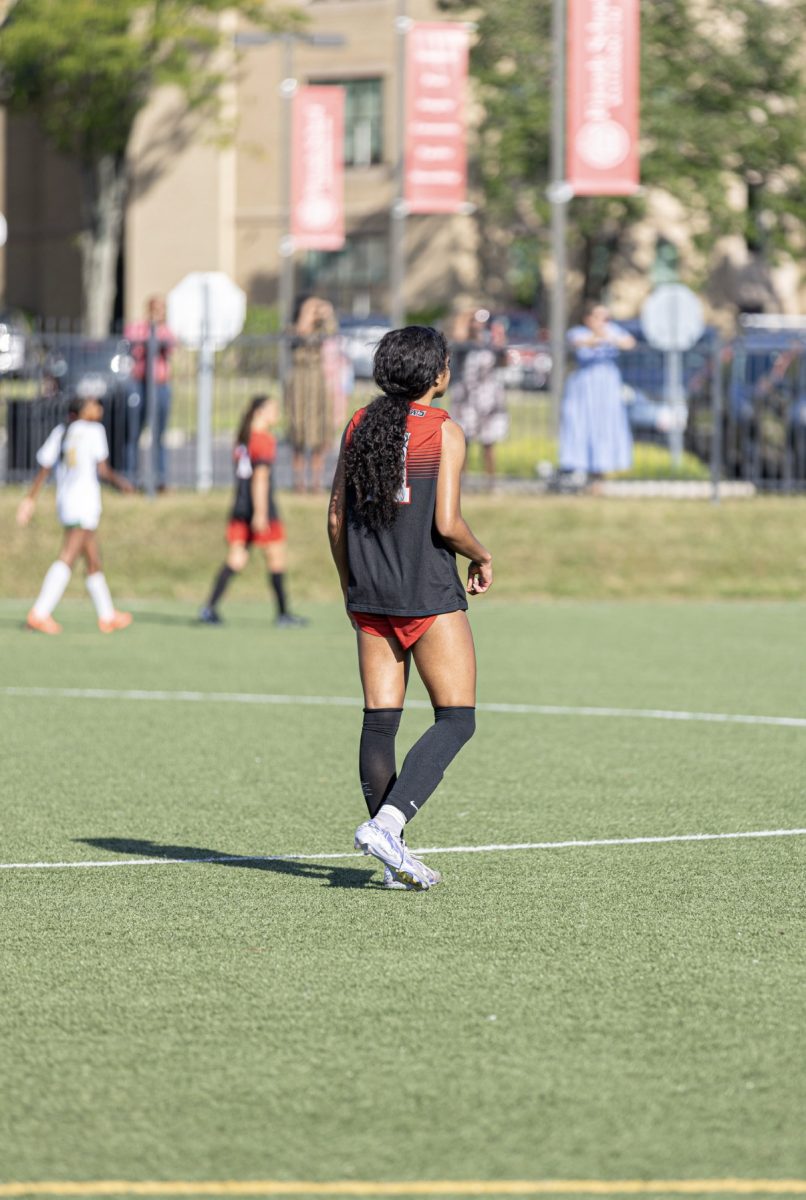
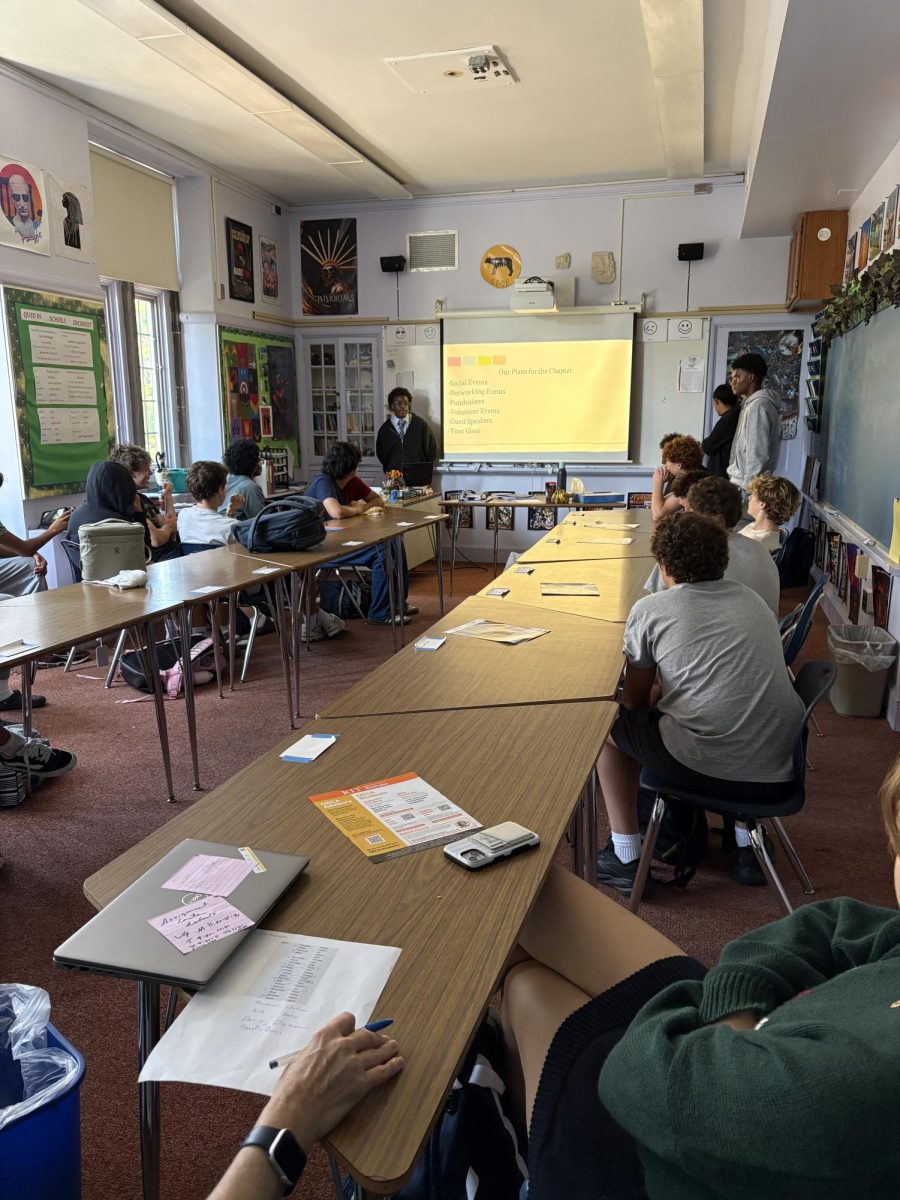
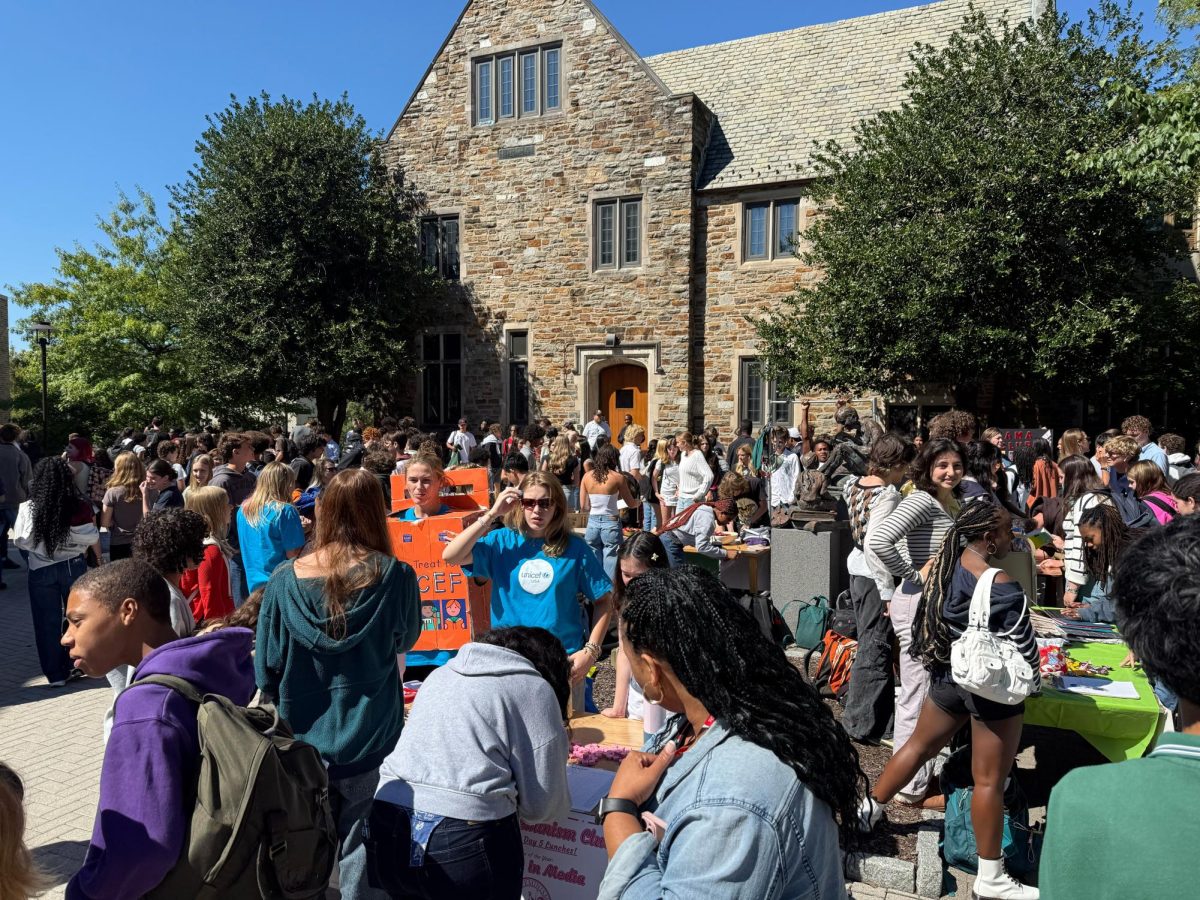









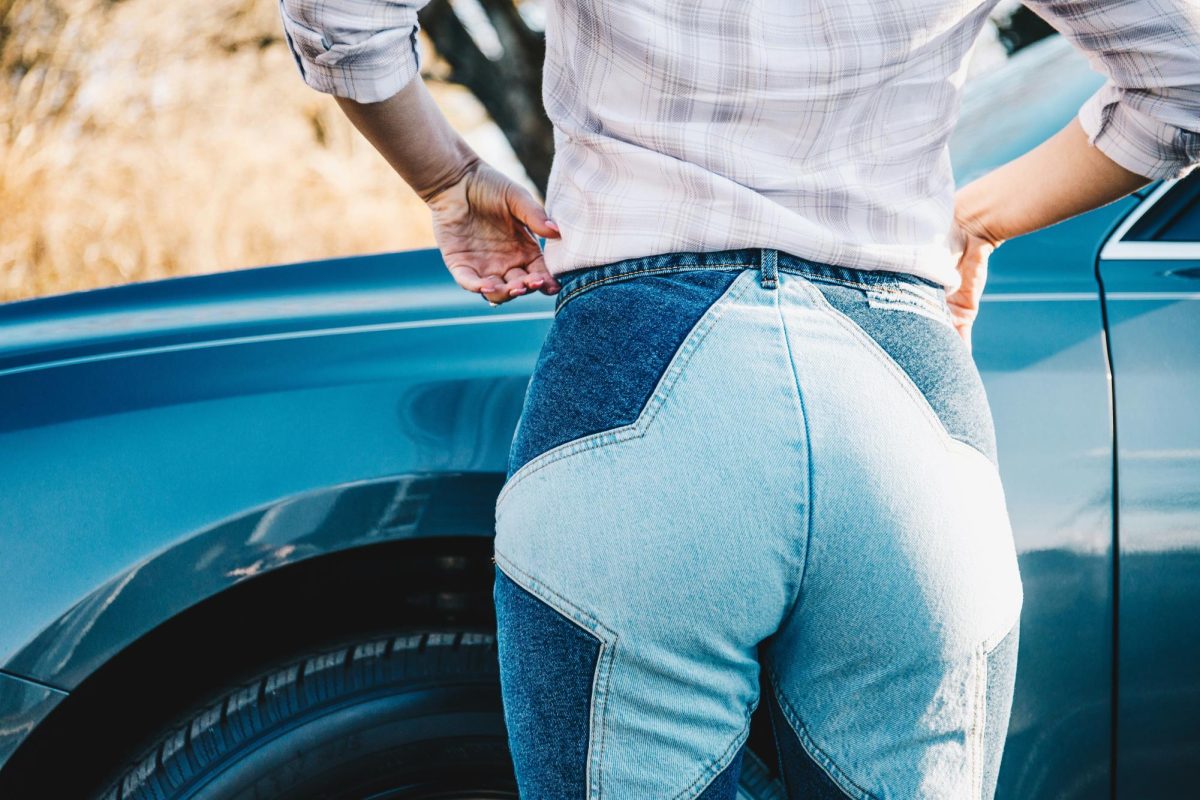
![How Freestyle Club Began [Podcast]](https://thequakerquill.org/wp-content/uploads/2025/05/charly-alvarez-Jv9untmB7G4-unsplash-1200x800.jpg)
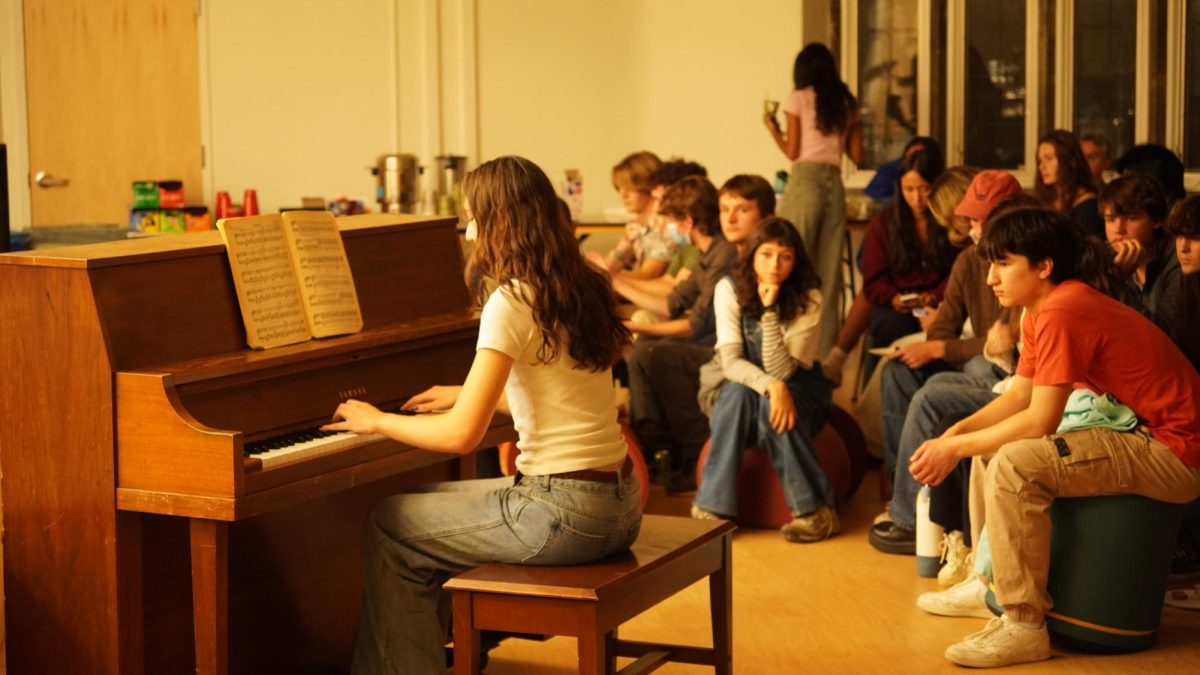
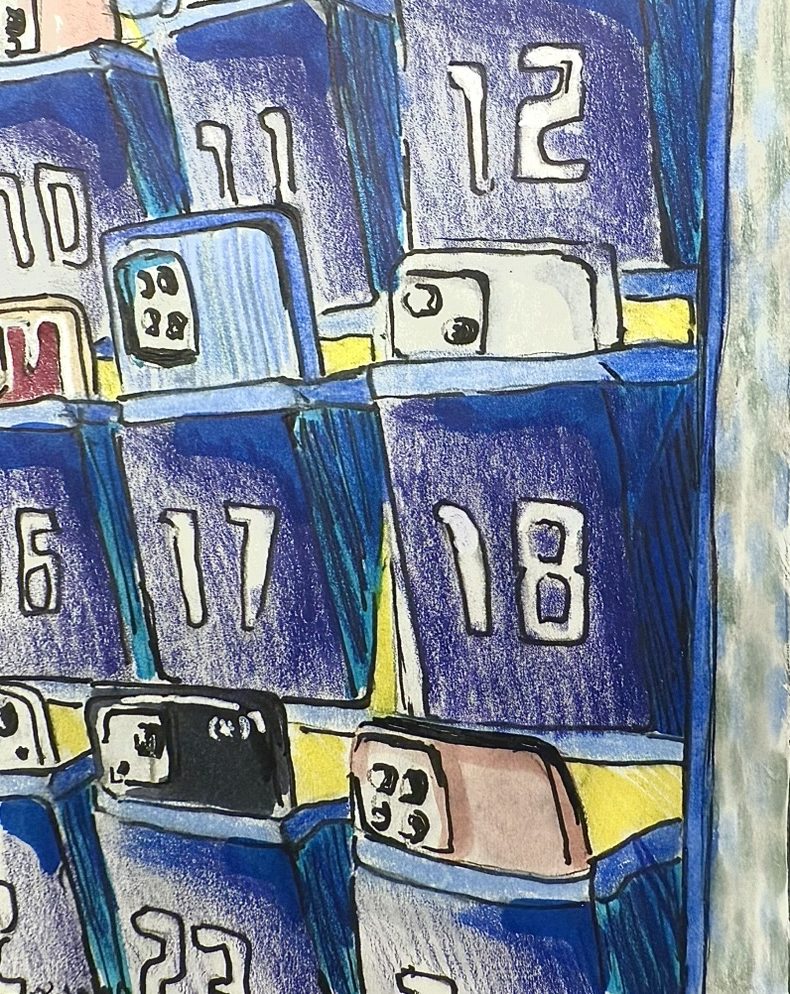


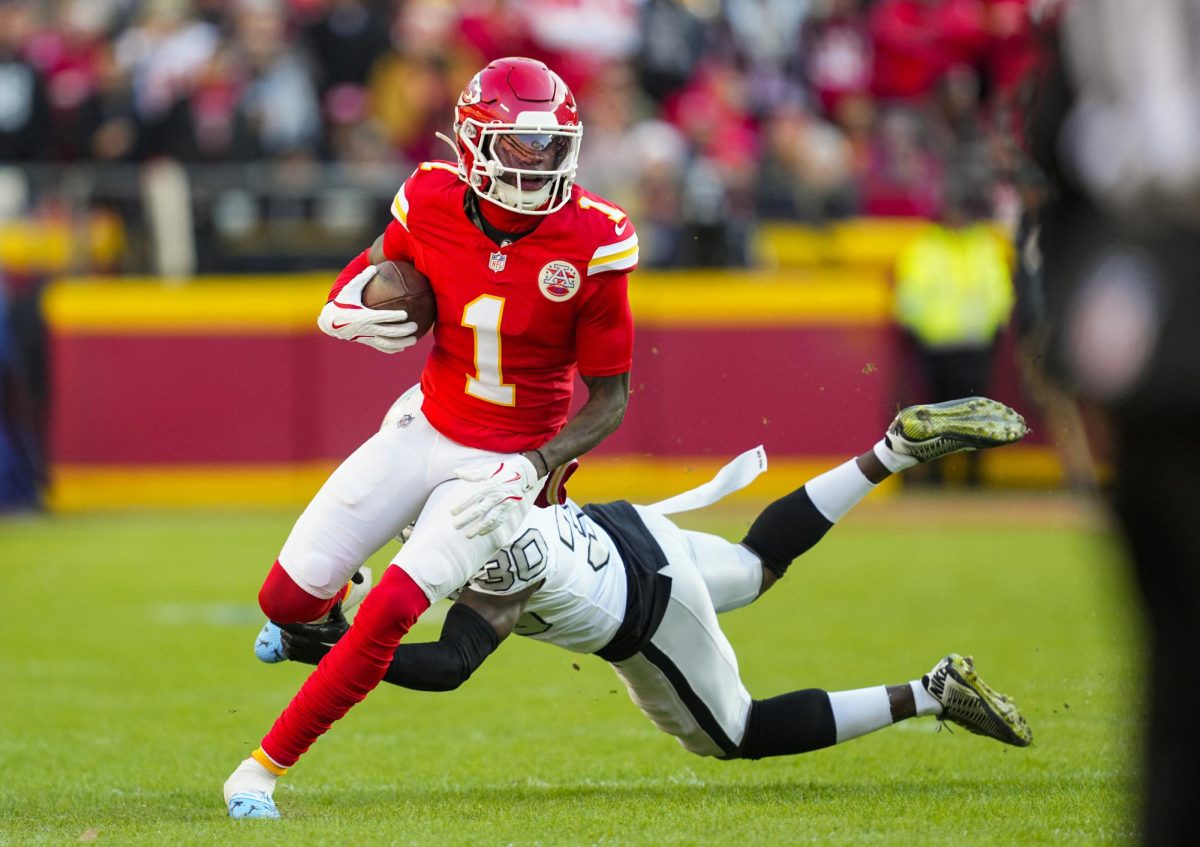
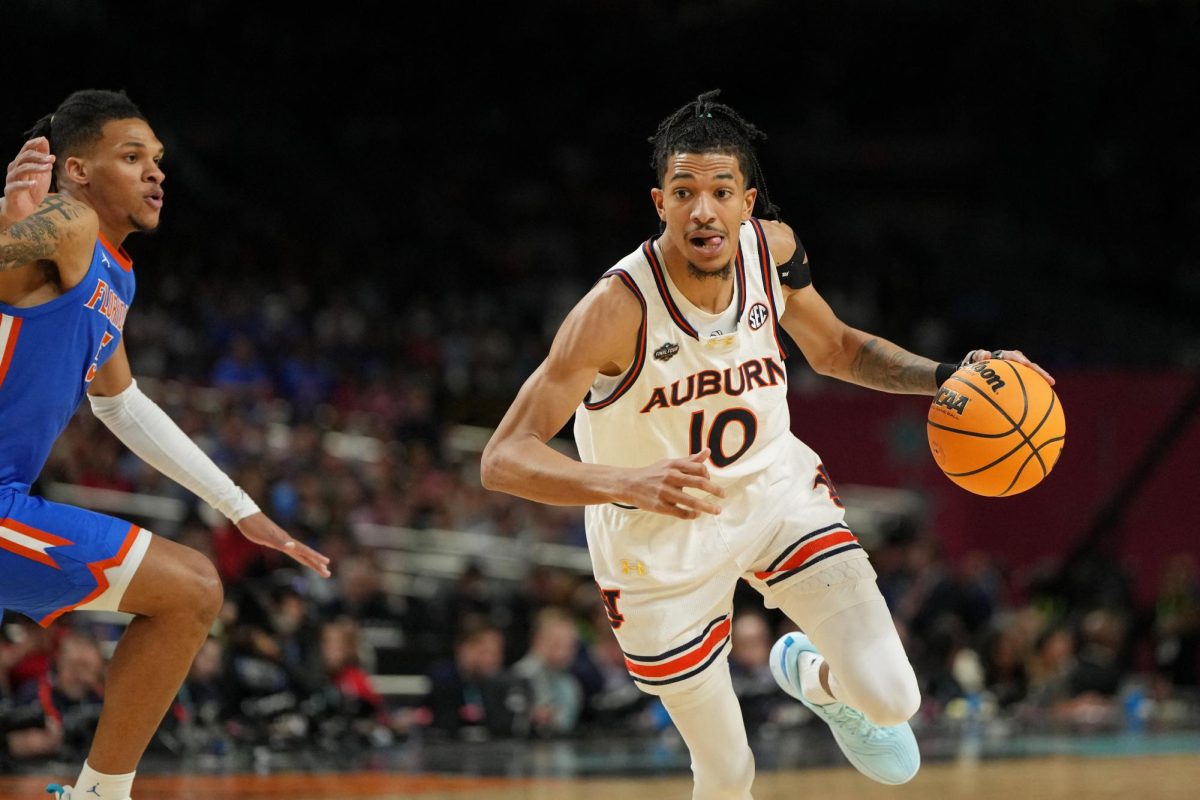
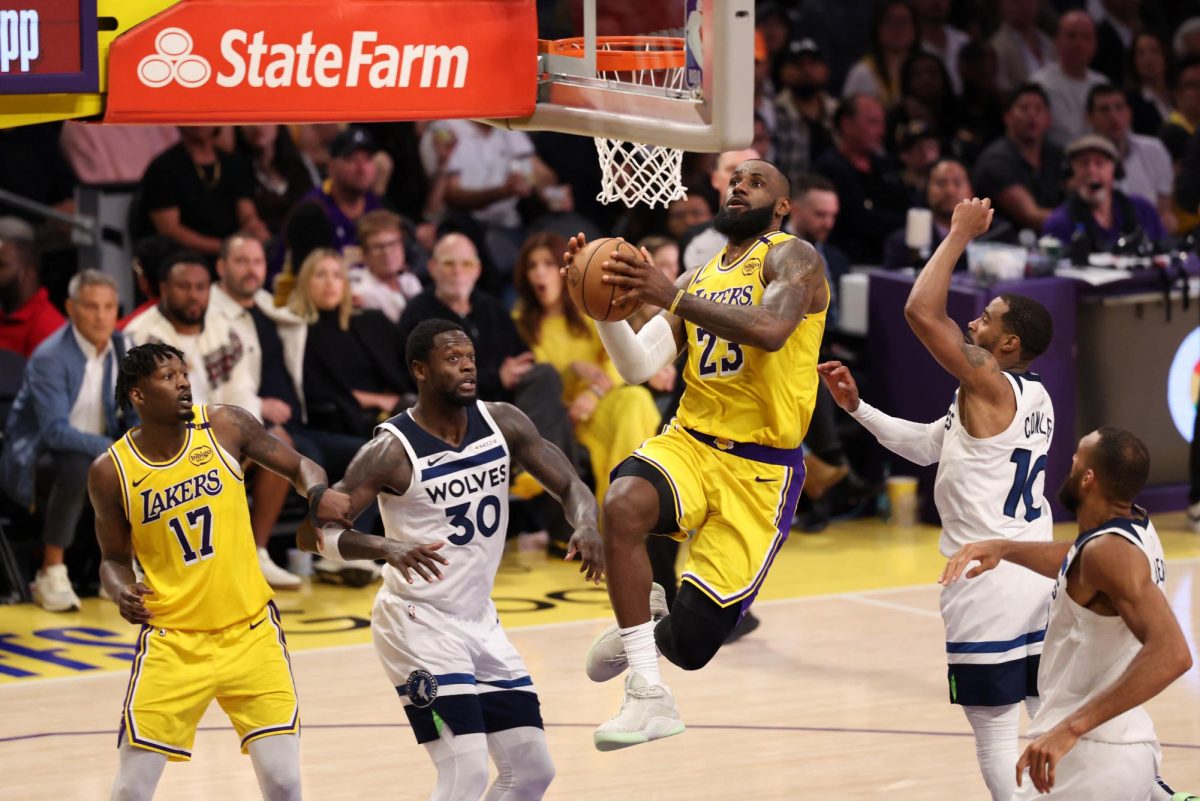
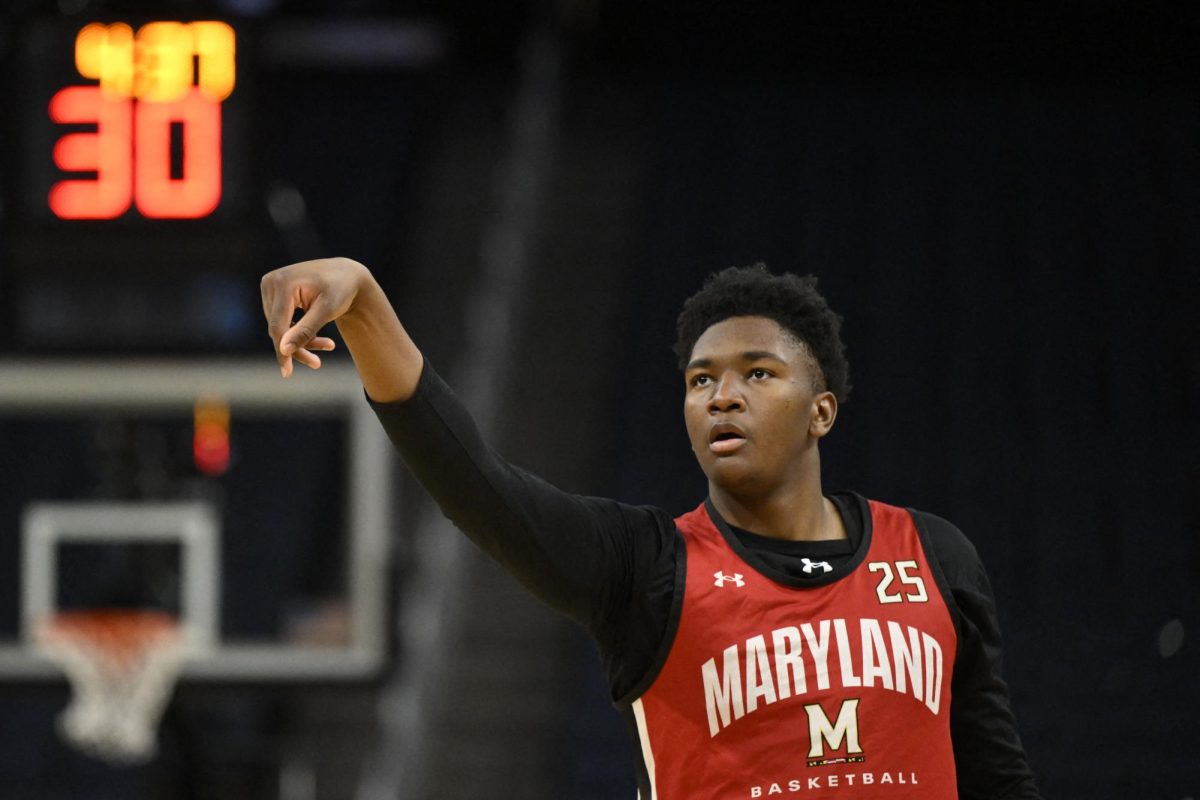
![What makes you feel good about yourself? [Podcast]](https://thequakerquill.org/wp-content/uploads/2025/10/madison-oren-uGP_6CAD-14-unsplash-1200x800.jpg)




![A Phone Ban at Friends? [Podcast]](https://thequakerquill.org/wp-content/uploads/2025/05/magenta-VrRT19_ZjUY-unsplash-1200x900.jpg)
![Girls' Sports Uniforms Aren't Size & Gender-Expression Inclusive [Opinion]](https://thequakerquill.org/wp-content/uploads/2021/11/IMG_2417-900x624.jpg)



